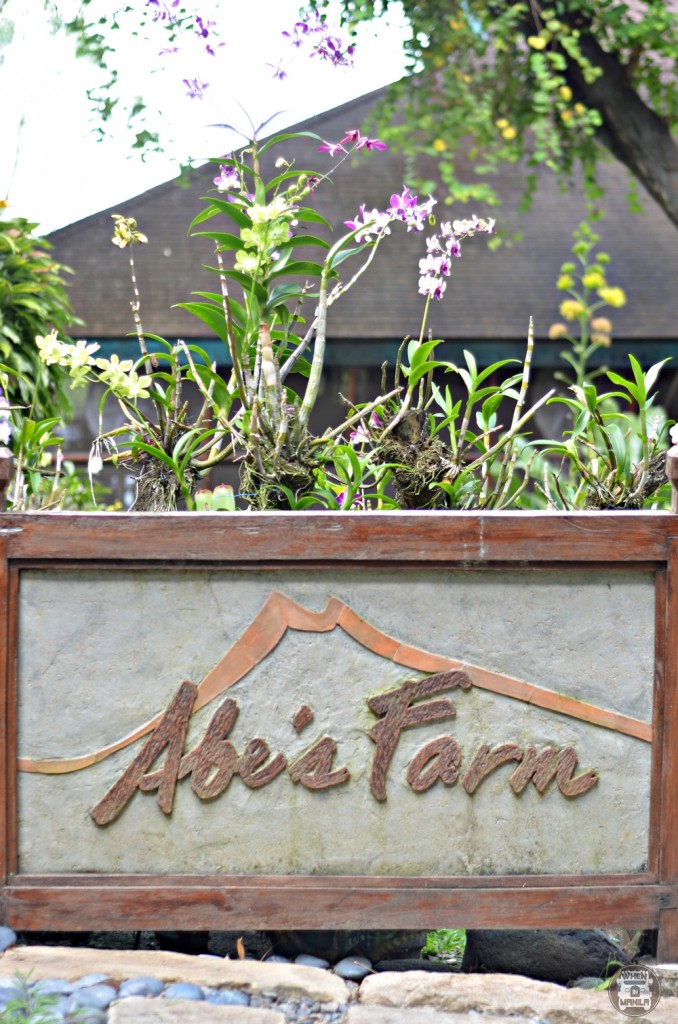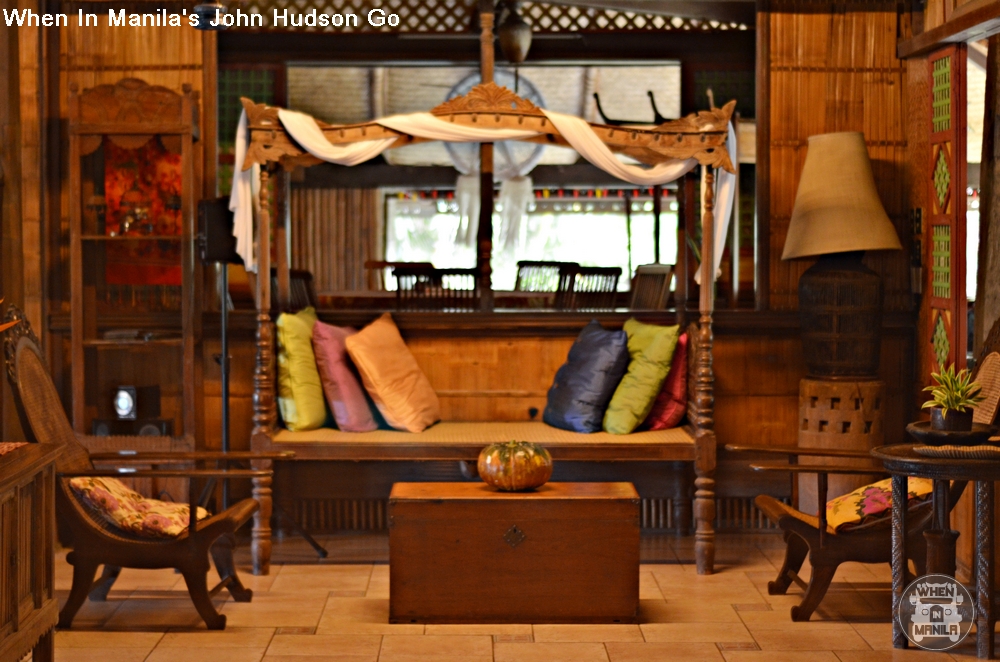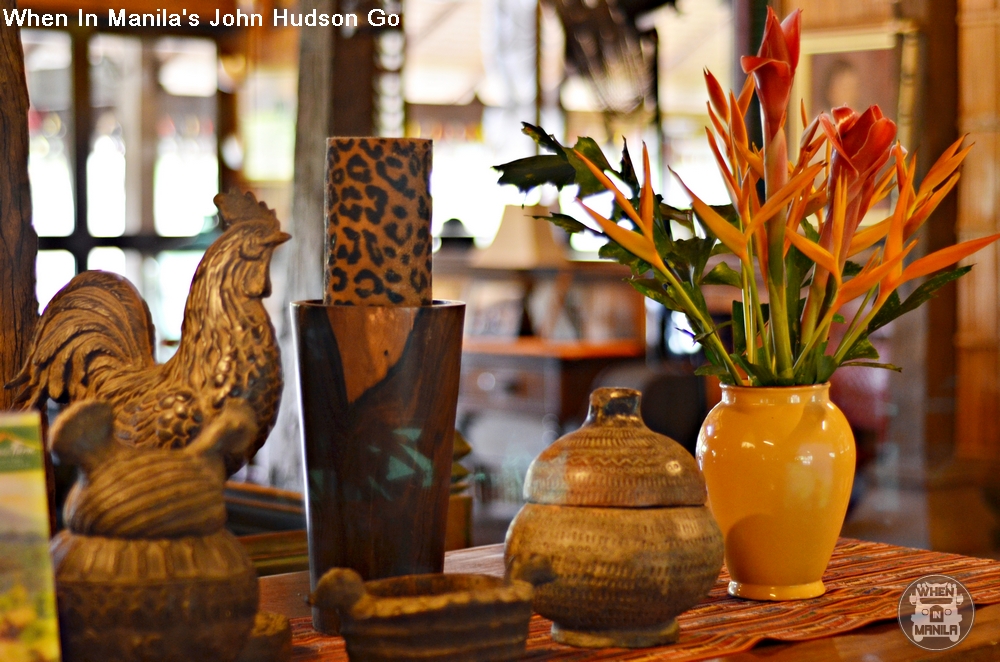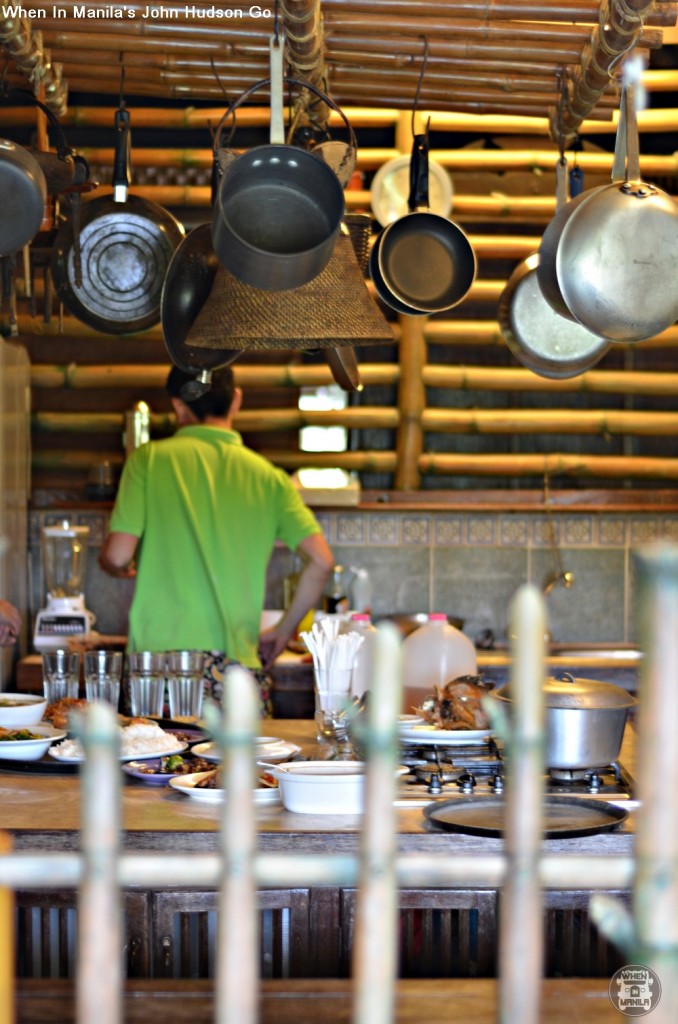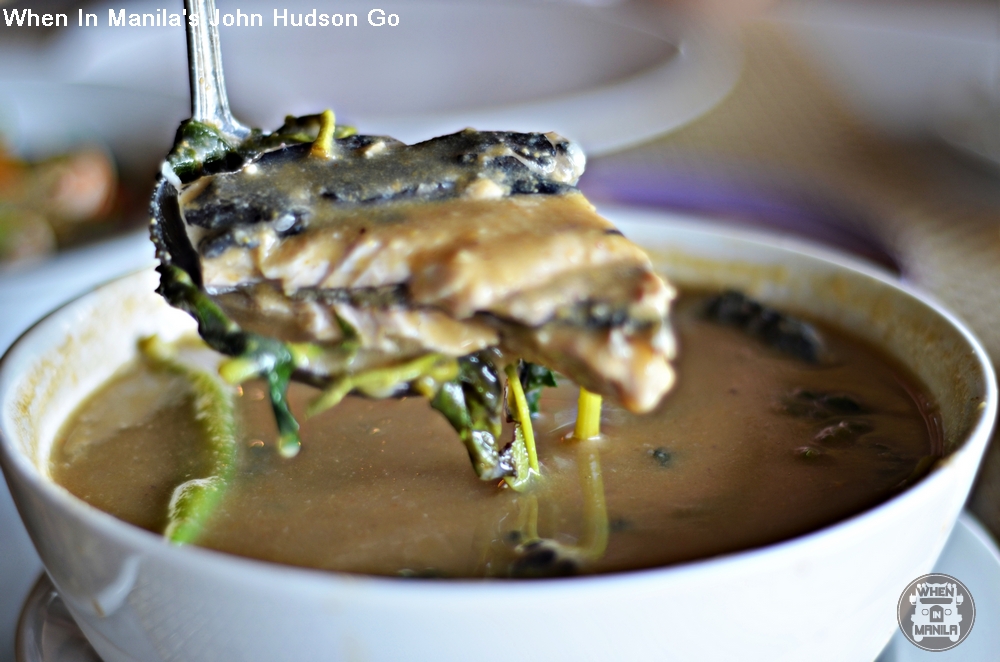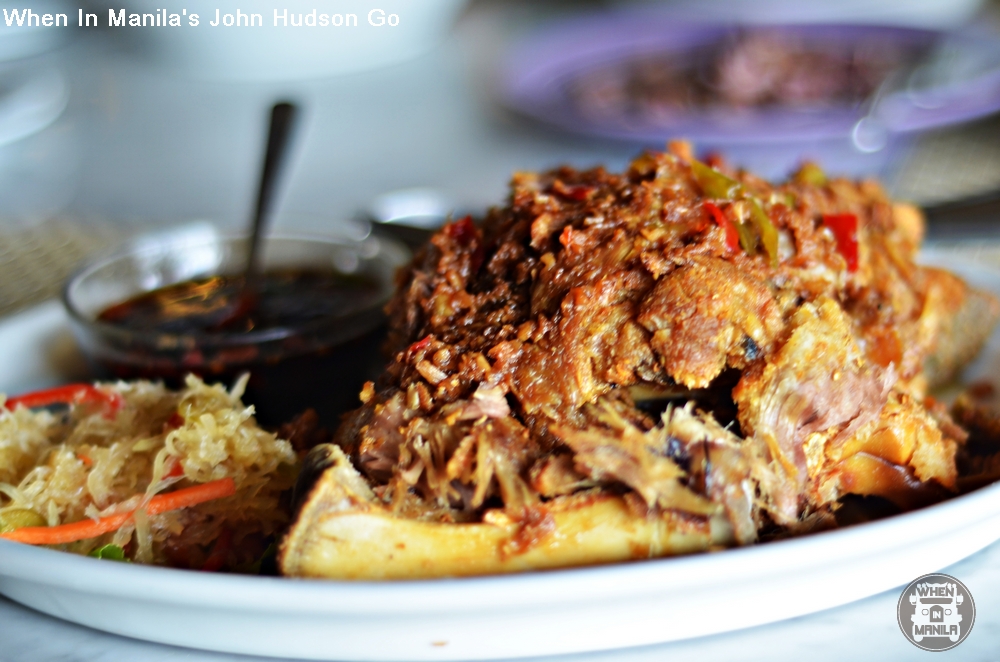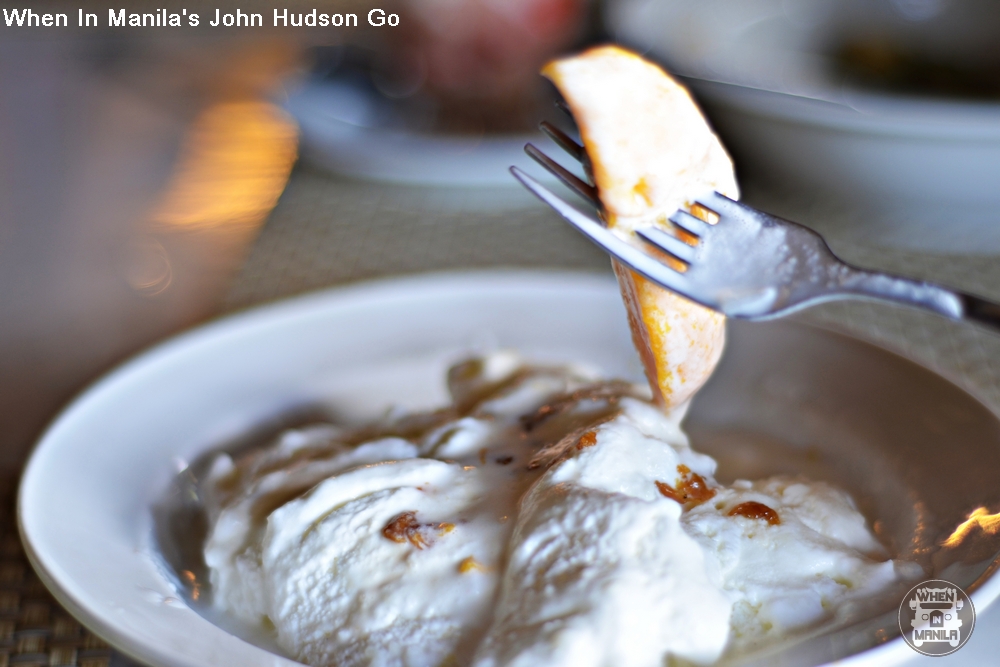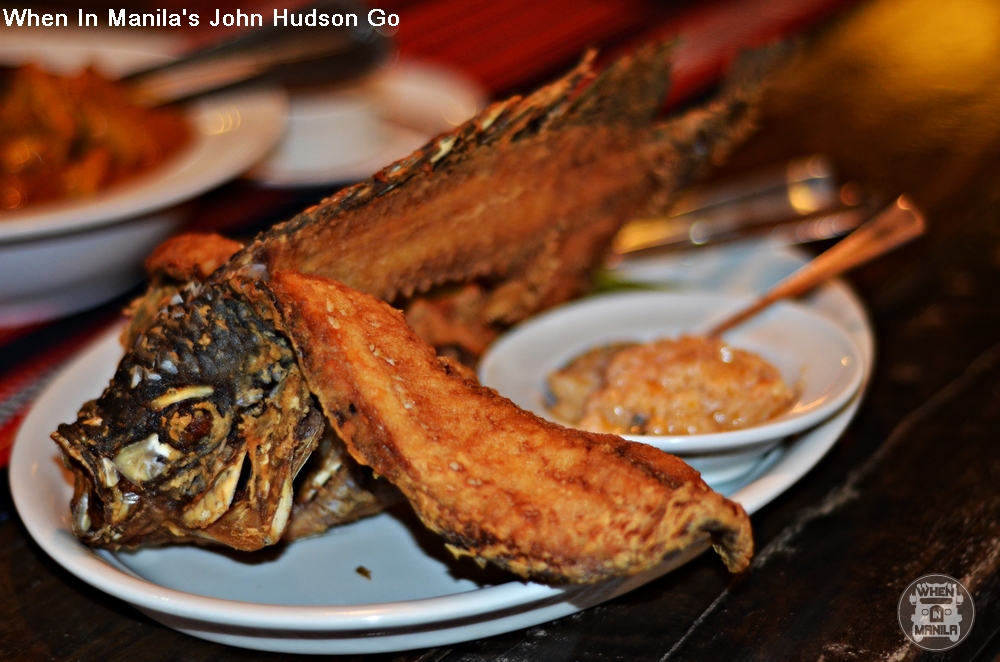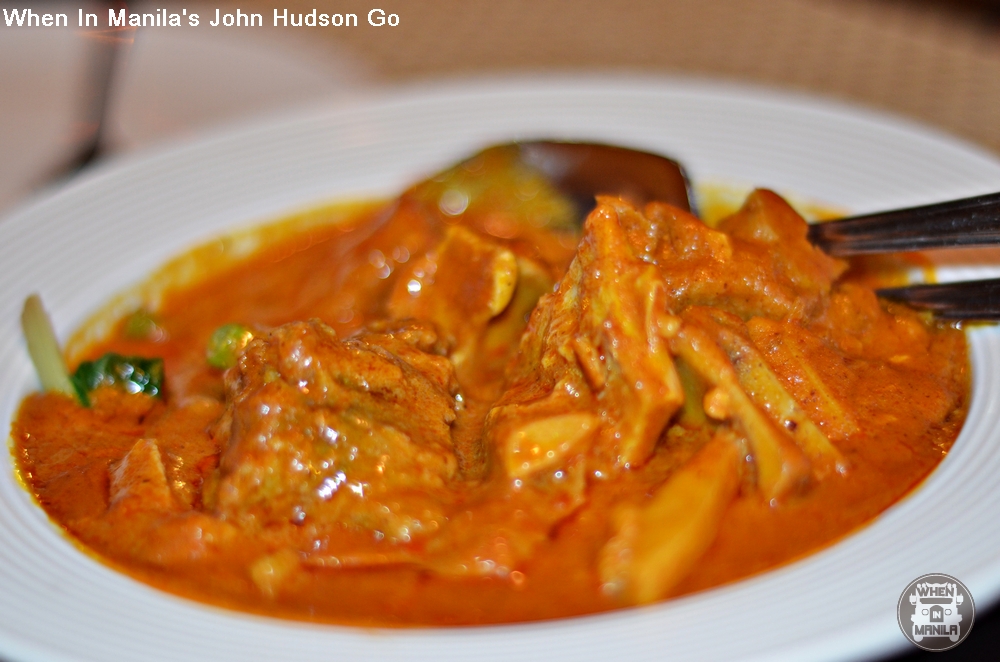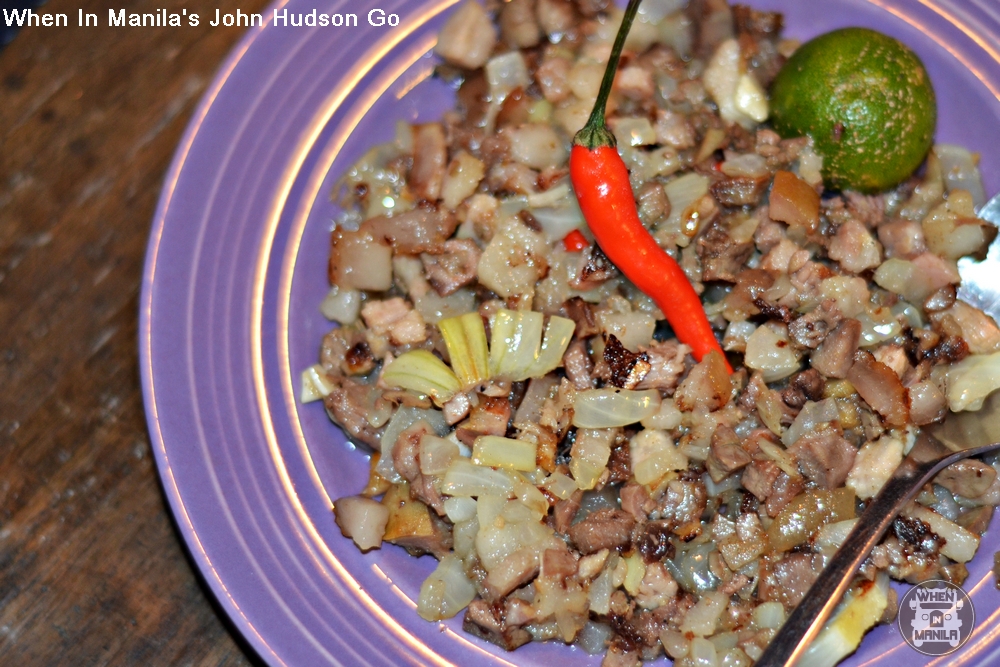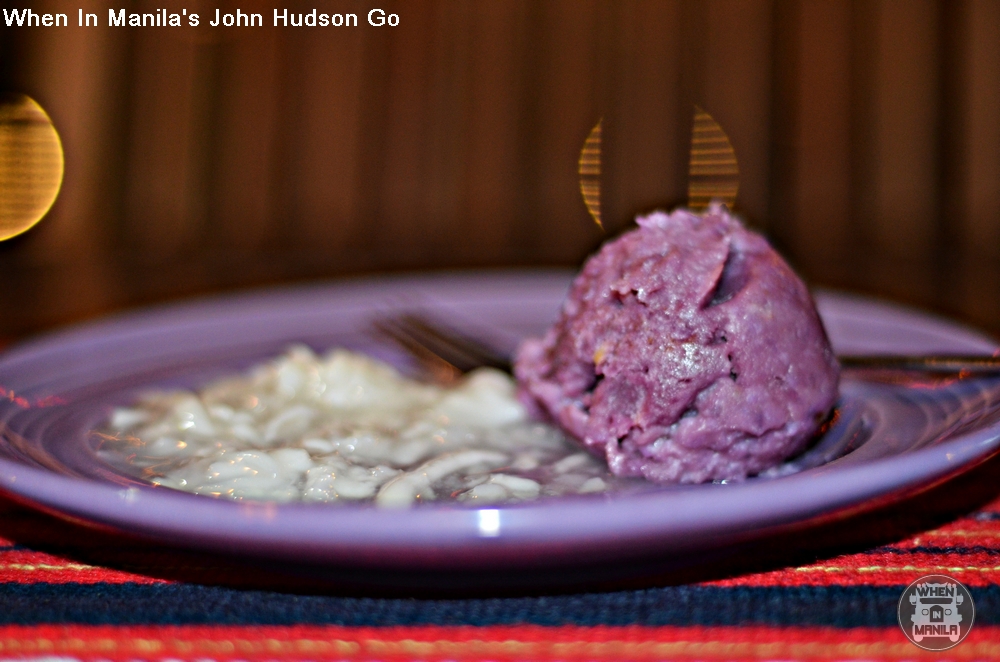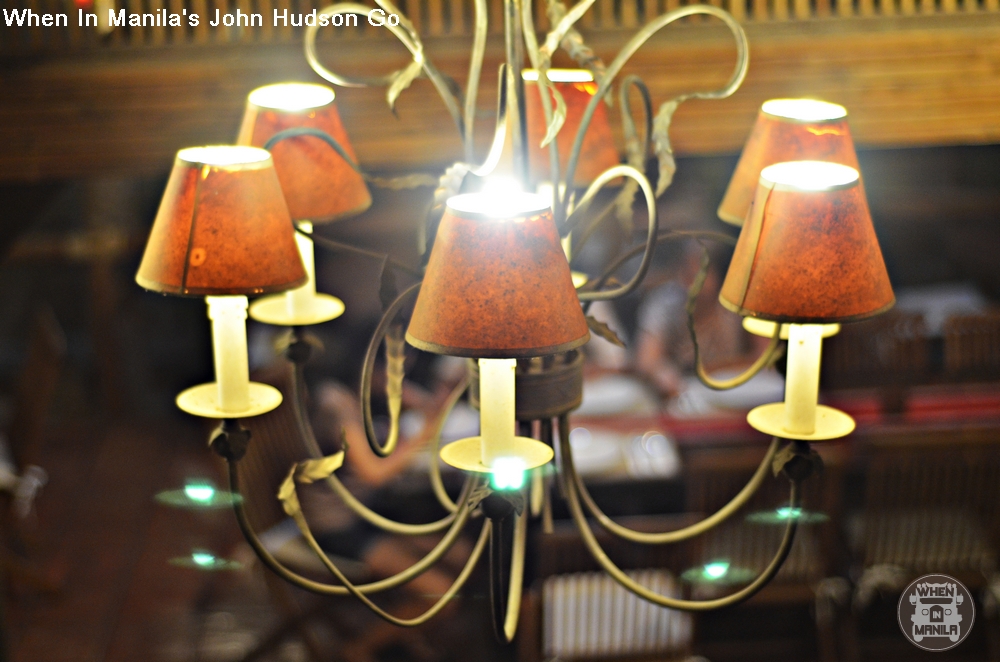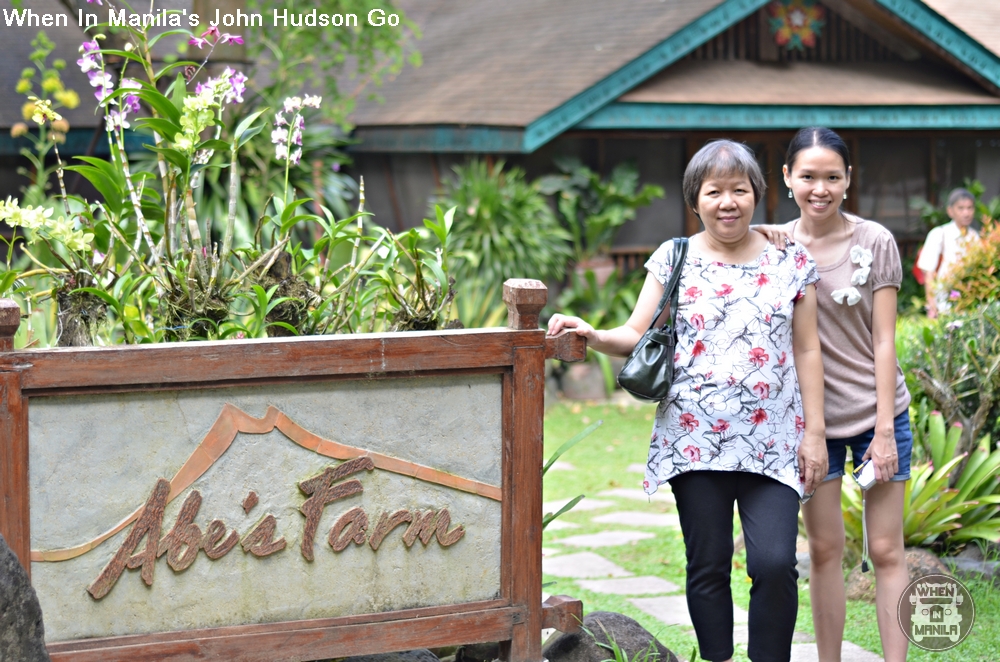- Agoda.com selects Top 10 eco-friendly hotels from its international network.
- The Philippines garners one place – Negros Occidental’s Nature’s Village Resort in Bacolod.
- Others in the list are hotels from more internationally prominent destinations such as Shanghai, Sarawak, Melbourne, Melaka, Barcelona, New Delhi and Bangkok. The hotel from Bacolod is another moment of Filipino pride.
- Agoda.com’ CEO quote included in the press release.
SINGAPORE (October 31, 2012) – Agoda.com, Asia’s leading hotel booking site and part of Nasdaq-listed Priceline Group (Nasdaq: PCLN), today released its annual shortlist of eco-friendly hotels.
Far from being a fad or passing trend, the environmental impact of a hotel is now something that almost every property takes into account during the planning stage, as well as something that many customers take note of. Most hotels do their best to limit any negative environmental effects but only a handful truly go the extra mile to make sure that as many business decisions as possible can be justified or supported from an ecological point of view. With increasingly cheaper technology andeco-materials and new ideas and strategies helping push eco-boundaries, it’s becoming easier for hotels to ensure that their properties provide a maximum level of comfort with a minimum level of environmental disruption.
This includes obvious touches like solar panels and low-flush toilets, but there is much more to building an eco-friendly resort than that. Practices such as using only renewable building materials, letting gravity do the work of water pumps, orcomplying with international environmental standardsshow that there is endless room for innovation when it comes to ecological responsibility.
“Hotels that once considered ‘eco-friendly’ to mean a small environmental footprint and conservation of resources are now taking things a step further, cleaning up trash, investing in best-practices, actually improving the sustainability of the communities that surround them,” said Robert Rosenstein, CEO of Agoda.com. “Whether in big cities or remote resort islands, our customers love these eco-friendly resorts.”
With that in mind, we present Agoda.com’s list of this year’s ten notable eco-friendly hotels that are doing their part to create a comfortable, beautiful balance with nature.
Six Senses Ninh Van Bay, Vietnam, 5*
Perched up against limestone cliffs and dramatic scenery in this bay on Vietnam’s southeast coast, it offers lush jungle, white beaches and secluded five star luxury in one great package. Even better, it’s all done with an eye toward environmental sustainability. Built with renewable and recycled materials and designed in a way that allows for refreshing sea breezes to cool the premises, the hotel also recycles wastewater for its gardens, collects rainwater for use throughout the hotel, and allows guests to take part in environmental reclamation projects such as planting trees. In addition, the restaurant prepares some amazing meals with locally-caught fish and vegetables from the hotel’s garden, and the spa uses 100% natural products in its full-service treatments.
URBN Hotel, Shanghai, China, 5*
Housed in a converted factory in Shanghai’s French concession area, the minimalist URBN hotel Shanghai is China’s first carbon-neutral hotel, a fact which is easy to believe as you enter the lobby and step into your room, elegantly designed with various greenery and richly colored wood that was sourced from recycled local materials. Sustainability is key to operations at URBN, who employ energy-efficient approaches to lighting and achieve full carbon neutrality by participating in the Million Tree Project, a program that offsets carbon emissions with the purchase of trees planted in Mongolia’s Kulun Desert.
Alto Hotel on Bourke, Melbourne, Australia, 4*
Melbourne’s multi-award winning eco-friendly boutique hotel is notable for its near-obsessive dedication to being eco-friendly. Indeed, the hotel boasts some of the lowest energy, waste & water usage per guest in the whole country when measured against EarthCheck, an industry standard environmental certification program. Renewable sources provide 100% of the hotel’s energy, which is a nice touch when you’re recharging your electric car downstairs. And if you feel like sweetening your complimentary coffee with honey, you can relax knowing that the coffee is Organic & Fair Trade from the Penachi region of Peru, which helps lift poverty-stricken communities out of harm, and the honey is harvested from the hotel’s rooftop beehives. Even the guestroom key cards are made of corn starch instead of plastic!
Borneo Highlands Resort, Kuching, Sarawak, Malaysia 3*
Borneo is known the world over for its incredibly varied ecosystem, which includes ancient rainforest, extensive cave systems and thousands of varieties of wildlife, much of it endangered or rare. It stands to reason that any hotel should do its best to blend in, and the Borneo Highlands Resort manages to do this very nicely. Located 1,000 meters above sea level where the air is cool and moist, the hotel uses organic farms for its meals and even provides a trained horticulturist to educate guests on just what it is they’re eating. The number of guests is strictly limited to 60 per day to reduce overall impact on the surrounding area, which includes walking trails, waterfalls, bird watching and, of course, clean mountain air.
Philea Resort and Spa, Ayer Keroh, Melaka, Malaysia 5*
If you’re going to go eco, you might as well go all the way, and Malaysia’s Philea Resort and Spa does a great job in making old new again. Designed to resemble an alpine village and built with locally sourced pine logs and marble from the famed quarry in the nearby province of Perak, it goes the extra mile in proving that materials bought brand new don’t have the market cornered on comfort. Indeed, the hotel proudly offers stately furniture and decorations built from materials recovered from shipwrecks and old railway cars, all of it located on property sheltered from the elements by 3,000 trees that have been specially added to the lush landscape.
Bangkok Tree House, Bangkok, Thailand, 3*
Bangkok isn’t a city that conjures up images of eco-friendliness, but the Bangkok Tree House is a notable exception. Located in the ‘Green Lung’, a jungle-covered peninsula on the edge of the city, great pains have been taken to ensure that it’s not only eco-friendly, but eco-positive – for instance, for every booking made 1kg of trash is removed from the Chao Phraya River. In addition, discarded containers and driftwood are used to make the planters and trellises that support the growth of organic vegetables, which serve to provide shade and supply the kitchen. Clothes are laundered using biodegradable detergents and hung in the fresh air to dry, and 100% of the outdoor lighting is supplied by wind and solar power. And let’s not forget the quiet jungle evenings with a river breeze and zero light pollution from the city.
The Tongsai Bay, KoSamui, Thailand, 5*
Any island can only offer a limited amount of resources, so it’s especially important that care is taken when building on one. From the first day of construction The Tongsai Bay has done its part to make sure the natural island environment of KoSamuihas flourished. Care was taken when building to avoid cutting down trees, and a customized ‘Green Project’ ensures that water and soil is recycled, plastic use is minimized in favor of cloth bags and ceramic bottles, and that heat generated by air conditioners is used to heat water. The hotel also recycles garbage to fertilize the gardens that provide the hotel with organic produce, advises local school children on low-carbon lifestyles, and funds activities to plant trees, clean up litter, and rescue wildlife. With these practices firmly in place, the integrity of The Tongsai Bay’s private beach and surrounding ecosystem should be healthy for a very long time.
Nature’s Village Resort, Negros Occidental, Philippines, 4*
With the dramatic peak of Mt. Marapara as a backdrop, Nature’s Village Resort has a lot to live up to. Thankfully, it does just that with its focus on the promotion of sustainable practices and efforts to educate guests on green tourism and their impact on the environment – a practice that resulted in the hotel’s nomination for an ASEAN Green Hotel Recognition Award in 2010. Organic vegetables from the garden are used in cooking, and the interior of the hotel is decorated with reclaimed supplies from around the region – everything from glass beads from scrapped ocean buoys to grain and food preparation materials used in traditional Philippine kitchens.
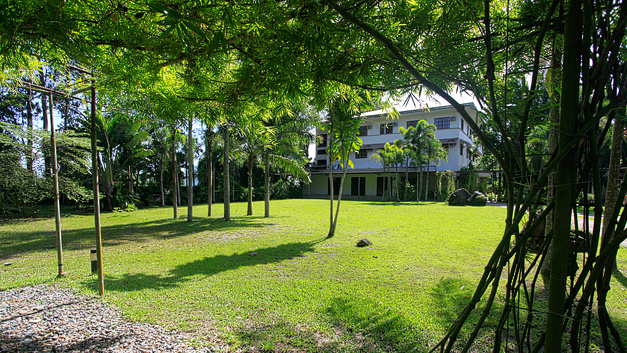
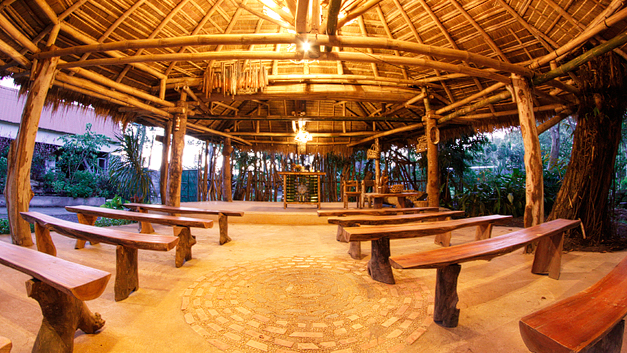
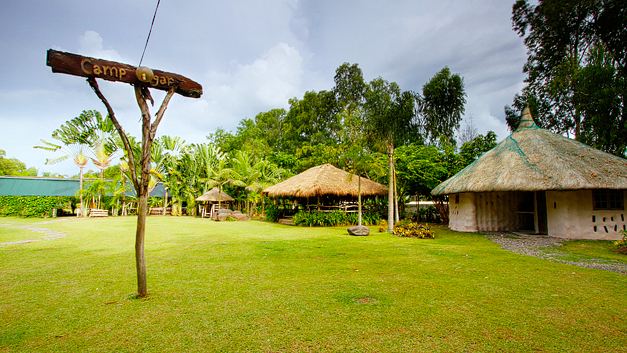
Casa Camper, Barcelona, Spain, 4*
Minimalism can be beautiful, and Casa Camper sets out to prove this while at the same time leading the way with several important eco-initiatives. Starting with the layout of each room, which all have a bathroom facing the 18m tall hanging garden, the same message is extended throughout the hotel – unclutter. Carpets are avoided to cut down on dust, solar heated water fills your shower, and linens and the bed frame itself are both washed every day. To make sure that nothing is left to chance, a sophisticated biomechanical water treatment system cleans wastewater for use in secondary places like toilets, and bicycles are provided to guests for easy, emissions-free transport around the city.
The Park New Delhi Hotel, New Delhi, India, 5*
It’s usually the smaller hotels that specialize in eco-friendly practices, but the Park New Delhi is a big player with a big impact, and does its utmost to ensure that the environmental effects of its operations are as minor as possible. Located next to Connaught Place, one of the largest financial and commercial districts in New Delhi, the emphasis on luxury is never at the expense of its eco-aims. Not only are low-energy LED lights installed throughout, but its menu is focused on organic food and a unique engineering system has been installed to control water pressure and reduce water wastage – a practice that continues outdoors as well, as rainwater is collected and used in hotel landscaping. The Park New Delhi even takes care with its garbage, as all of the trash bags it uses are biodegradable.
About Agoda Company Pte Ltd:
Agoda Company Pte Ltd (Agoda.com) is a leading Asia-based, online hotel reservations company, which specializes in securing the lowest discount hotel prices. Agoda.com is part of Priceline.com (Nasdaq:PCLN). Agoda.com’s network includes more than 200,000 hotels worldwide. The multinational staff of more than 1,200 professionals, located throughout the world, provides a first-rate reservation service that uniquely combines local knowledge and local connections to provide the best hotel deals to both business and leisure travelers.
In addition, agoda.com customers participate in the agoda.com Rewards Program, earning further discounts and free stays. Unlike programs that limit travelers to a single chain, the agoda.com Rewards Program allows customers to redeem Rewards Points at thousands of hotels around the globe, at any time. A member of the Pacific Asia Travel Association (PATA), agoda.com’s aim is to promote travel by making it more affordable and more accessible to more people.
